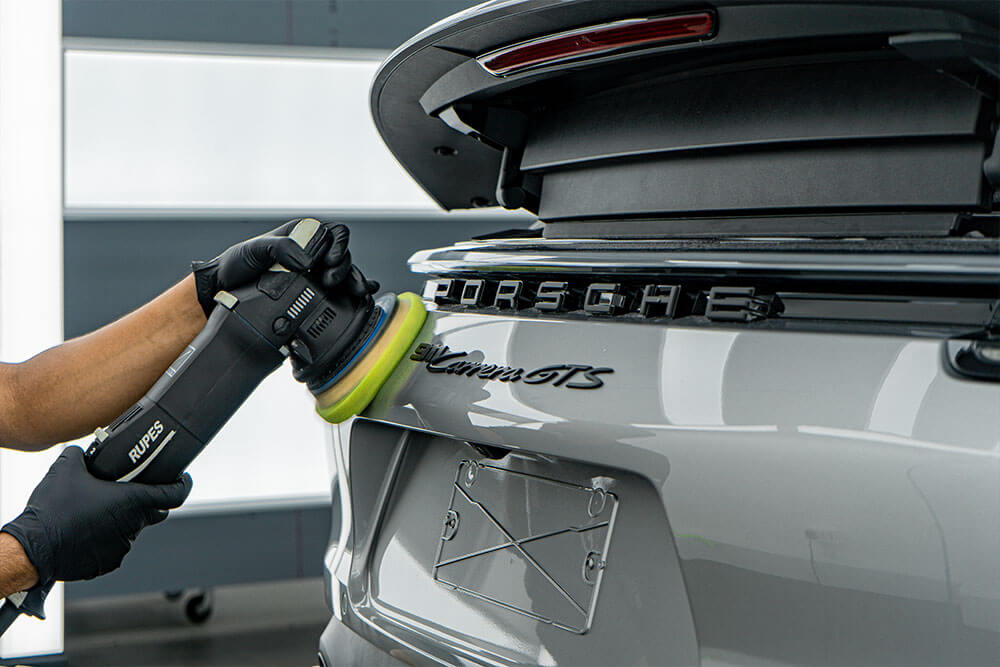
Are We Ready for Smart PPF? Challenges and Opportunities in the Automotive Industry
The world of automotive protection is evolving, and one of the most intriguing innovations on the horizon is smart paint protection film (PPF). As vehicles become more advanced, with sleek designs and high tech features, the demand for more intelligent, adaptable protection solutions grows. Smart PPF offers capabilities that go beyond traditional protective films, including self healing properties, color changing abilities, and responses to environmental conditions. But as we look toward a future where smart PPF becomes commonplace, several challenges and opportunities need to be considered. At RMA Motors, we believe that Profilm PPF stands at the forefront of this exciting shift.
What Is Smart PPF?
Smart PPF is a remarkable innovation in the automotive industry, built on the same protective principles as traditional PPF but enhanced with advanced materials and technology. Smart PPF can change color, adapt to varying weather conditions, and, in some cases, repair itself when exposed to heat or pressure. The self healing properties, in particular, offer a level of durability that makes it increasingly appealing for car owners looking for long term protection that is not just functional but dynamic.
Despite these exciting features, the implementation of smart PPF across the automotive industry presents some distinct challenges.
Challenges in Adopting Smart PPF
1. Cost and Accessibility
One of the most significant challenges with smart PPF is its cost. The technology involved in creating a film that responds to heat, light, or other stimuli is still relatively new, which makes it more expensive than traditional options. For car owners and fleet operators, the initial investment can seem steep, especially when compared to conventional protective films that offer similar results at a lower price.
At RMA Motors, we understand that while the upfront cost of Profilm PPF may be higher, it’s an investment that delivers long-term savings by reducing the need for frequent repairs and touch ups. However, the higher price point remains a barrier for widespread adoption, particularly for customers with limited budgets.
2. Technical Expertise and Installation
Installing smart PPF requires a level of expertise that goes beyond standard film application. These films must be handled with care, and precise techniques must be used to ensure that they perform optimally. The complexity of installation makes it critical to rely on skilled professionals who are familiar with the intricacies of smart PPF. This creates a barrier to mass adoption, as the average consumer may not have access to trained installers in their local area.
3. Durability and Longevity
While the self healing properties of smart PPF are incredibly promising, concerns remain about the long-term durability of the technology. Will smart PPF continue to perform as expected over the years? Will its color changing capabilities last without degradation? These questions need to be answered through further research and real world use. It is only through continuous testing and development that we will understand how these advanced films hold up in diverse environments and conditions.
Opportunities for the Automotive Industry
Despite the challenges, smart PPF offers several key opportunities for car owners, manufacturers, and the automotive industry as a whole.
1. Customization and Personalization
One of the most exciting opportunities smart PPF presents is the ability for car owners to customize and personalize their vehicles in ways that were previously impossible. Whether it’s adjusting the color of the car’s exterior or incorporating patterns and textures that respond to the environment, smart PPF offers a level of creative freedom that enhances the driving experience.
2. Enhanced Protection and Longevity
With the harsh climate in places like the UAE, smart PPF’s ability to adapt to environmental changes offers unmatched protection for vehicles. Self healing properties can help prevent minor damages from becoming major issues, and the film’s ability to respond to UV light or temperature changes ensures that a car’s paint remains intact and vibrant over time. For fleet operators, this could significantly reduce maintenance costs and downtime.
3. A Step Toward Sustainable Car Care
As the world moves toward sustainability, smart PPF represents a forward-thinking solution that aligns with eco-friendly values. With its long lifespan, self healing abilities, and reduction in the need for constant repainting, smart PPF could reduce waste in the automotive industry. Profilm, for example, is designed with both durability and environmental impact in mind, offering a solution that benefits both the vehicle and the planet.
As more consumers and businesses recognize the value of long term, customizable protection, the demand for smart PPF will undoubtedly rise. We are excited to be part of this shift and look forward to the innovative solutions that lie ahead.


